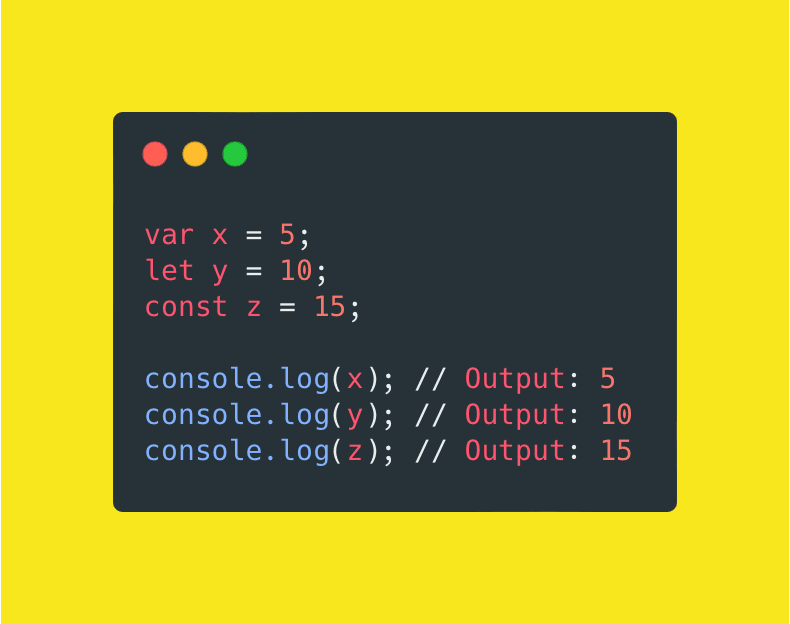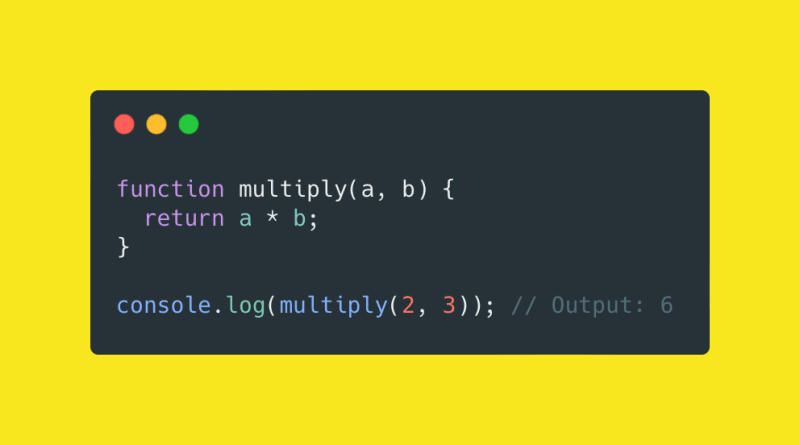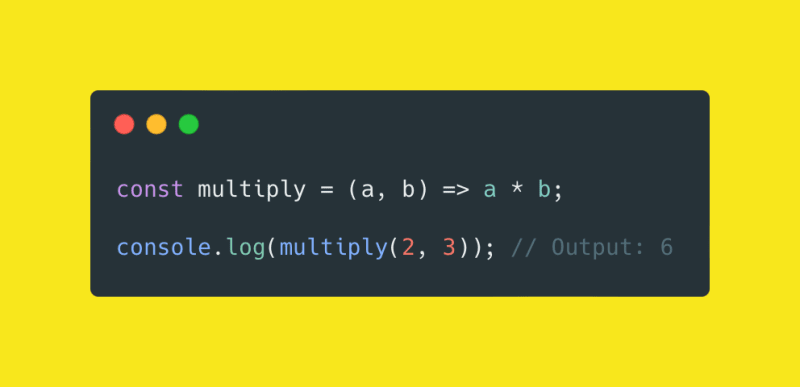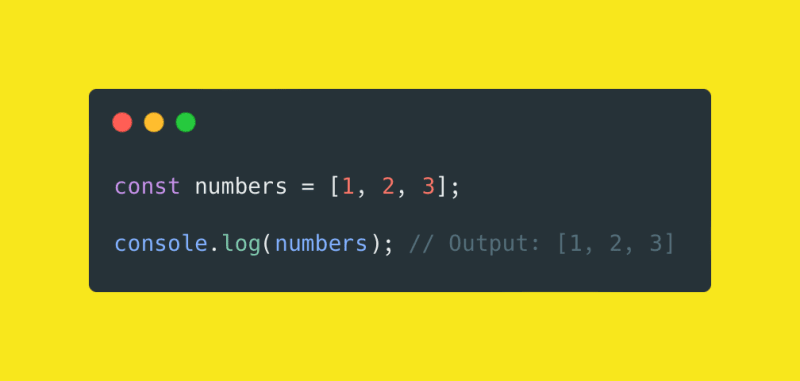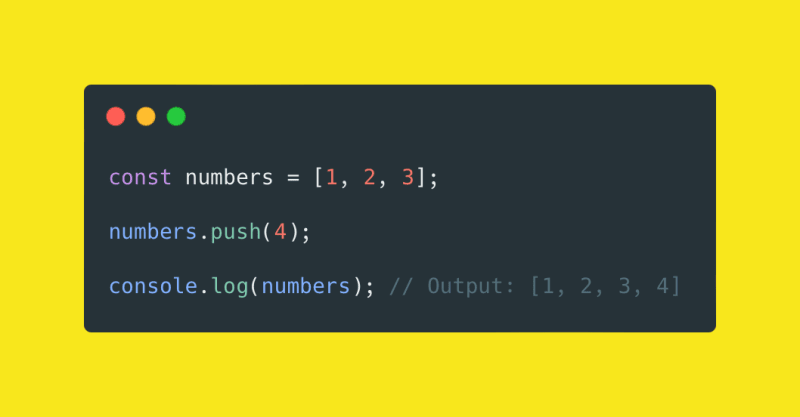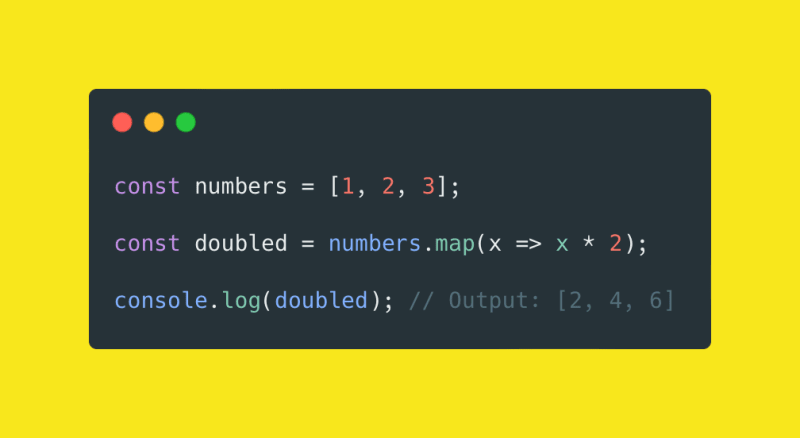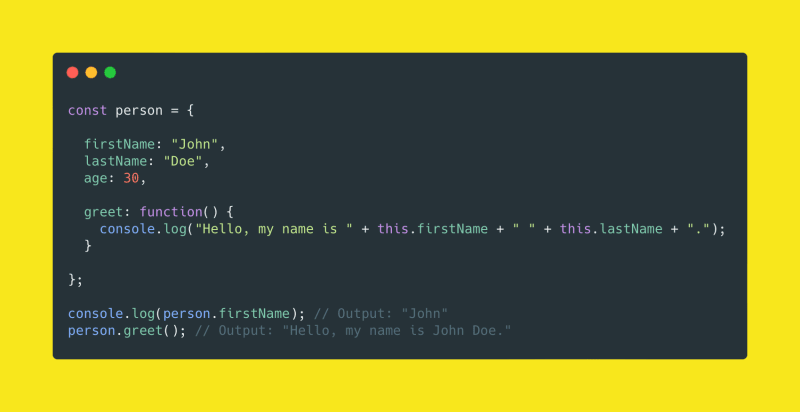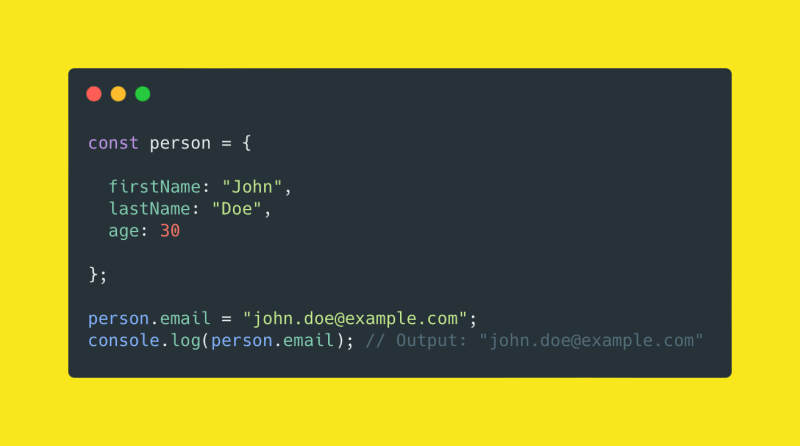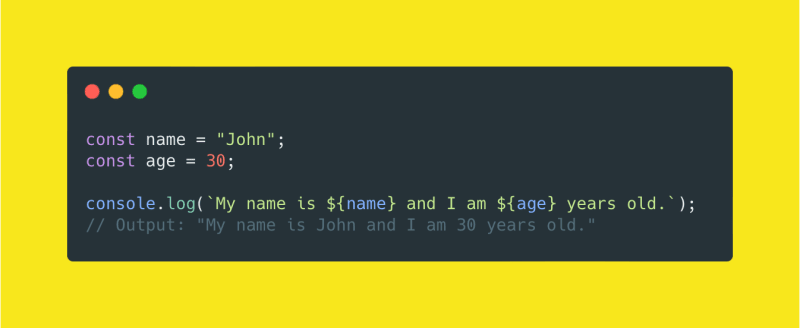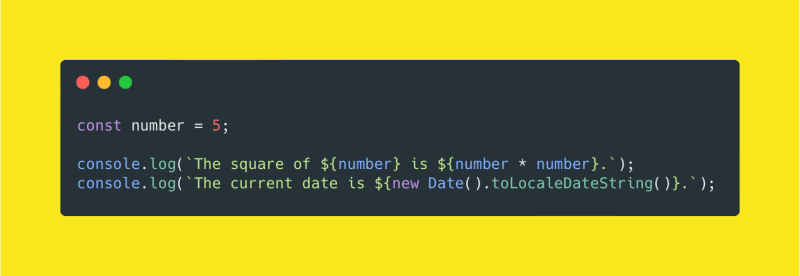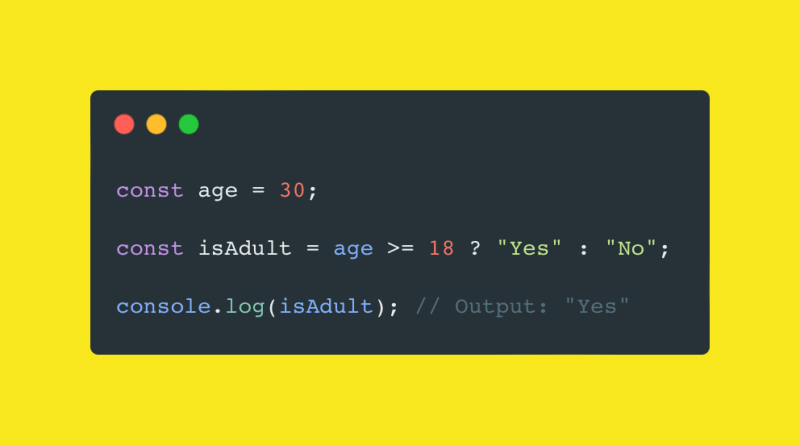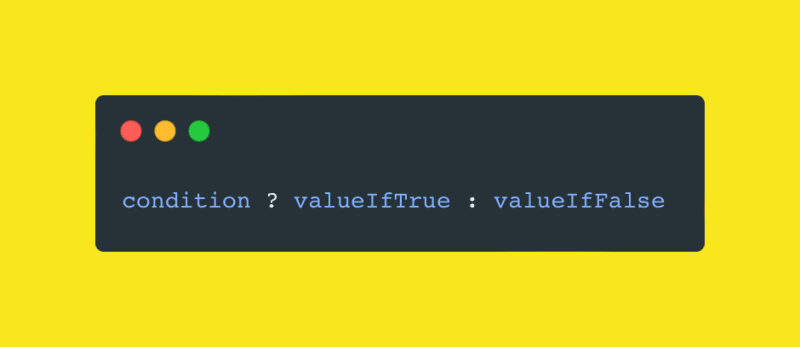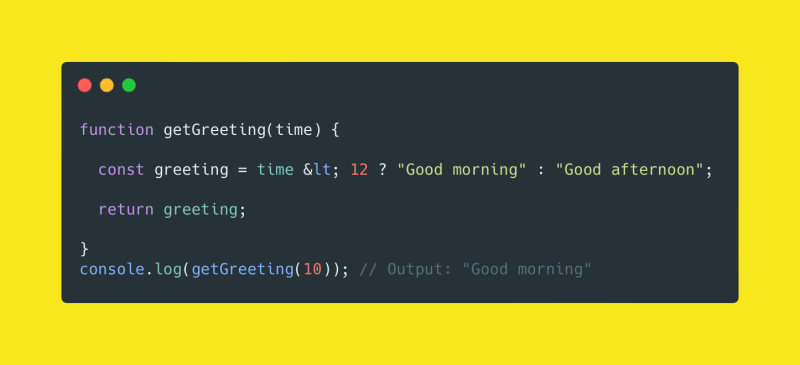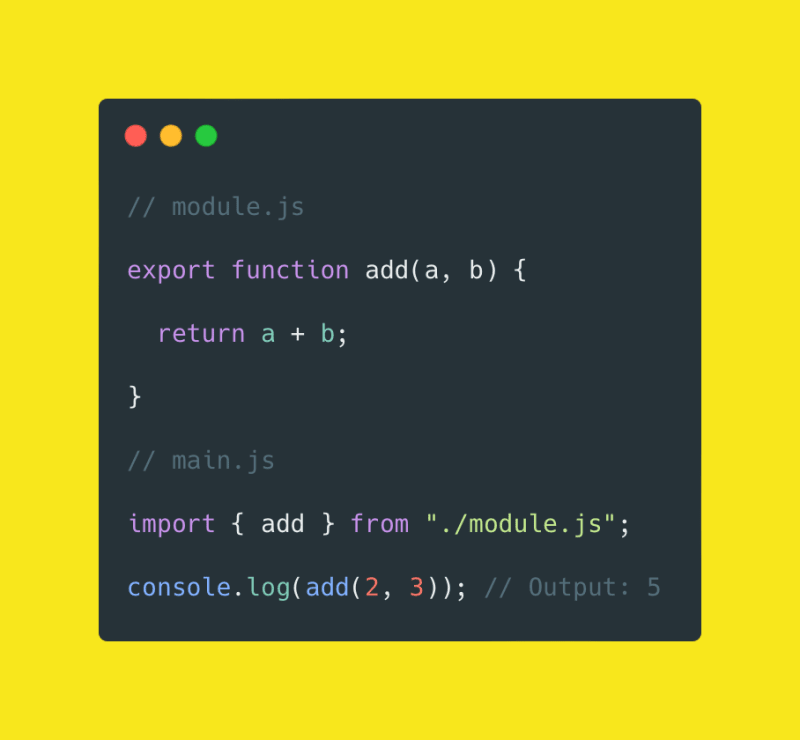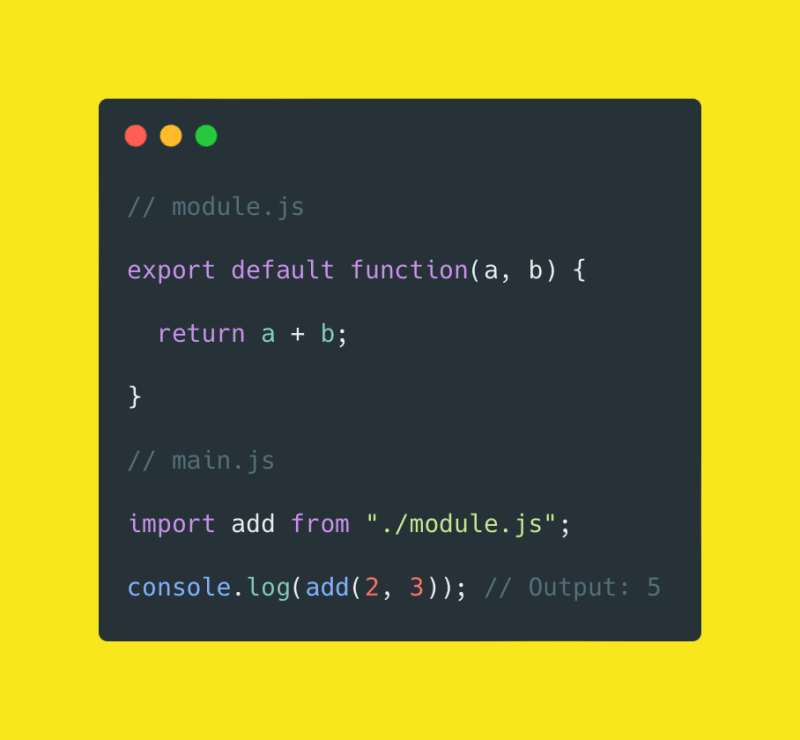

The Secret to Mastering React JS: Hone Your Skills with these JavaScript Topics...
source link: https://dev.to/roktim32/the-secret-to-mastering-react-js-hone-your-skills-with-these-javascript-topics-first-ok4
Go to the source link to view the article. You can view the picture content, updated content and better typesetting reading experience. If the link is broken, please click the button below to view the snapshot at that time.
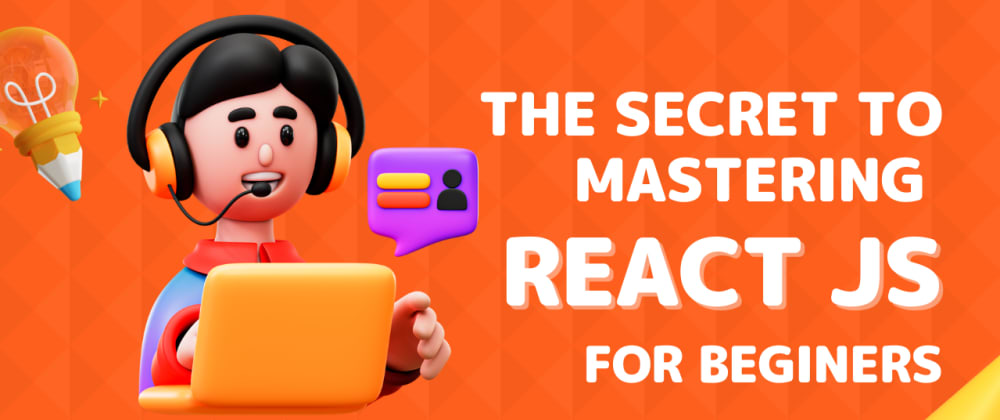
The Secret to Mastering React JS: Hone Your Skills with these JavaScript Topics First
React JS is a JavaScript library that helps developers 👩💻 build dynamic and interactive web applications 💻. It simplifies the process of creating user interfaces 🖥️ by breaking them down into reusable components ♻️. These components can be thought of as building blocks 🏗️ that can be combined to create complex web pages 🌐. React efficiently updates 🔄 and renders these components, resulting in fast ⚡ and responsive applications 📱. It's a powerful tool 🔧 for beginners in web development to create engaging user interfaces with ease 😄👍.

Before diving into React, it's important to have a solid understanding of JavaScript. Here are some essential concepts and topics to learn:
1.Variables
You can declare variables using "var", "let", or "const". Here are some examples:
"var" has been used earlier, but "let" and "const" are newer and offer advantages such as block-scoping for "let" and immutability for "const".
2.Functions and Arrow Functions
In JavaScript, functions are a fundamental concept that allow you to define a block of code that can be executed multiple times with different parameters. There are two ways to define functions in JavaScript: using the "function" keyword or using arrow functions.
Here is an example of a function defined using the "function" keyword:
In this example, we define a function called "multiply" that takes two parameters, "a" and "b", and returns their product. We then call the function with the arguments 2 and 3, and log the result to the console.
Here is the same function defined using an arrow function:
In this example, we define a function called "multiply" using the arrow function syntax. The arrow function takes two parameters, "a" and "b", and returns their product. We then call the function with the arguments 2 and 3, and log the result to the console.
One key difference between the two syntaxes is that arrow functions have a more concise syntax and a different behavior for the "this" keyword. Arrow functions do not have their own "this" context, so they inherit the "this" value from the enclosing lexical context. This can make arrow functions useful in certain situations, such as when defining callbacks.
3.Arrays (and the .map() function)
Arrays are used in JavaScript to store collections of data. Here is an example:
You can access individual array elements using square bracket notation and the index of the element. You can add elements to an array using the "push" method. Here is an example:
Arrays have many built-in methods such as "map", "filter", and "reduce" that allow you to transform and manipulate the data in the array. Here is an example of using the "map" method to transform an array:
4.Objects
Objects in JavaScript are used to store collections of related data and functionality. Here is an example:
You can add properties to an object using dot notation or square bracket notation. Here is an example:
Objects can also be used to create classes and instances of those classes, which is a key feature of object-oriented programming in JavaScript.
5.Template literals
Template literals are a feature in JavaScript that allow you to embed expressions and variables into string literals using backticks (`) instead of single or double quotes. Here is an example:
In this example, we define two variables called "name" and "age". We then use a template literal to embed these variables into a string using the ${} syntax. When we log this string to the console, the values of the variables are interpolated into the string.
Template literals can also span multiple lines and include expressions and functions:
In this example, we use template literals to construct strings that include expressions for computing the square of a number and getting the current date. Note that template literals can also contain regular strings and escape characters just like normal strings.
Overall, template literals are a powerful and convenient way to construct complex strings in JavaScript that include dynamic values and expressions.
6.Ternary operators
Ternary operators are a shorthand way to write an if-else statement in JavaScript. Here is an example:
The syntax of a ternary operator is as follows:
You can use ternary operators to assign values to variables or to return values from functions:
In this example, we define a function called "getGreeting" that uses a ternary operator to assign a greeting message to a variable called "greeting" based on the value of the "time" parameter. We then return the value of the "greeting" variable. When we call the function with different values of "time", we get different greetings.
7.ES Modules and Import / Export Syntax
ES Modules allow you to modularize your code and import/export functionality between modules. Here is an example:
In this example, we define a function in a module called "module.js" and export it using the "export" keyword. We then import this function into another module called "main.js" using the "import" keyword and curly braces {}. We can then call the function in "main.js" and get the sum of two numbers.
You can also use the "export default" syntax to export a single value from a module without specifying a name:
In this example, we define a function and export it as the default value of the module using the "export default" syntax. We then import this default value using the "import" keyword without curly braces {}. We can then call the function in "main.js" and get the sum of two numbers.
Congratulations 🎉, you've made it to the end of this blog! I hope you found the information useful 💡 and informative. Thank you for taking the time to read this 📚 and I encourage you to continue learning and exploring the world of JavaScript 🌐. 🔥 Follow for more..

Recommend
About Joyk
Aggregate valuable and interesting links.
Joyk means Joy of geeK
